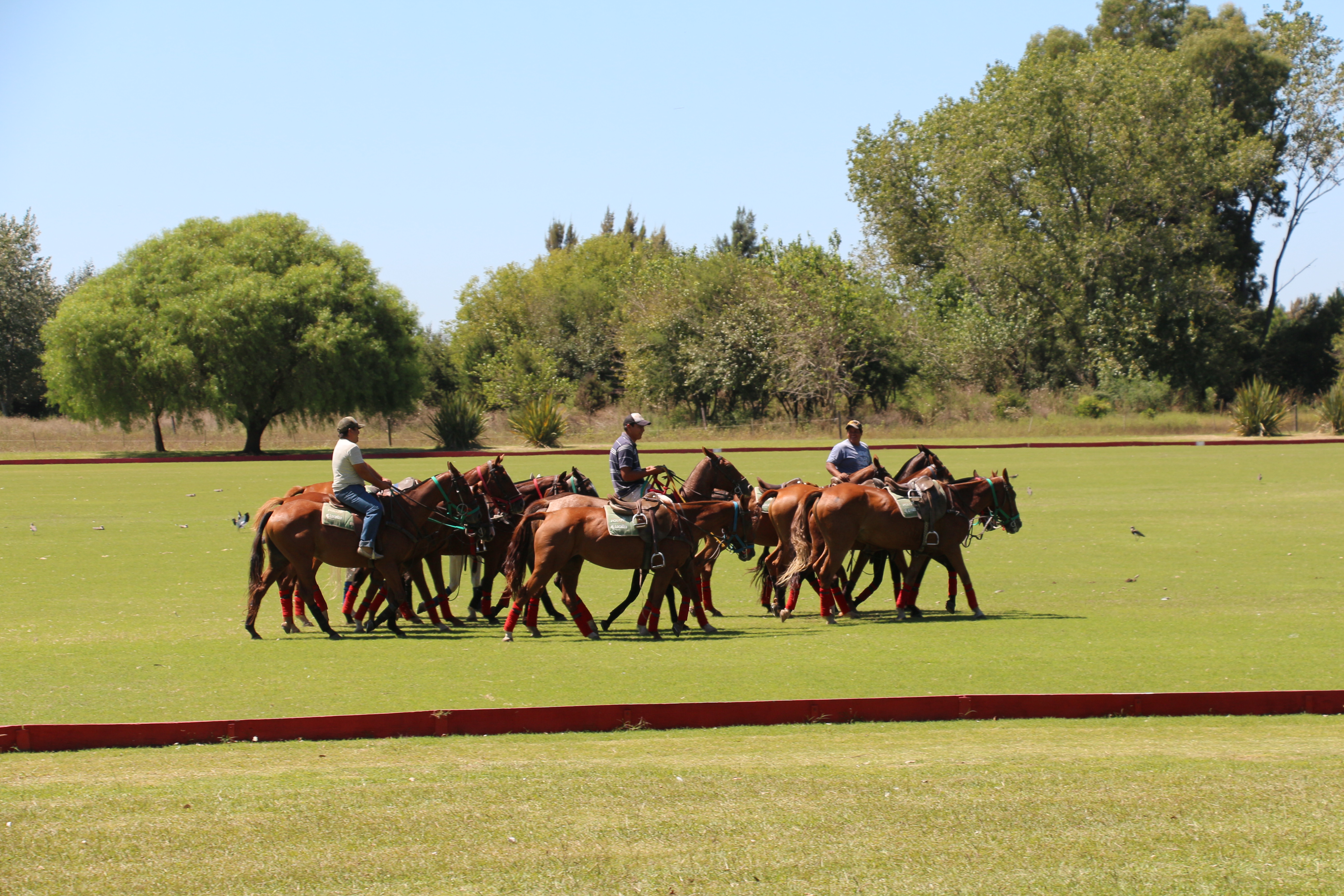Today we are going to talk about horse feeding. They require two types of food: hay and grain. These must be given to the horse in adequate quantities. If you overfeed your horse, it could result in an overweight, sick or crippled animal. On the other hand, feeding him too little can lower his stamina and resistance to disease.
The best and most natural food source for a horse is good grass and dry hay, but if you have polo horses, or horses that practice any type of intense activity, grains should be added to their diet. The more they work or train, the more cereals they should eat.
A recommended daily diet for a polo horse could consist of: between 0.30 and 0.45 kg of hay for every 45 kg of body weight. The same formula can be applied to grains (barley, corn, oats). However, the proportion and quantity of food must be reviewed by a veterinarian. It is also recommended to divide the daily ration into two servings, one in the morning and one in the afternoon; even, because a horse’s digestive tract works best on small rations of feed – a full ration once a day can cause colic.
The feeding of the polo horse should also consist of a tablespoon of salt in the grain. Water must be available to the horse at all times, if possible, especially before and after feeding.
Some horses are easier to feed and require fewer nutrients than others. Other horses are very difficult to feed and require special attention. It is important to know how to feed your horse and to make sure it gets all the nutrients it needs. Understanding the function of the horse’s gastrointestinal tract is critical for maintaining its health.



